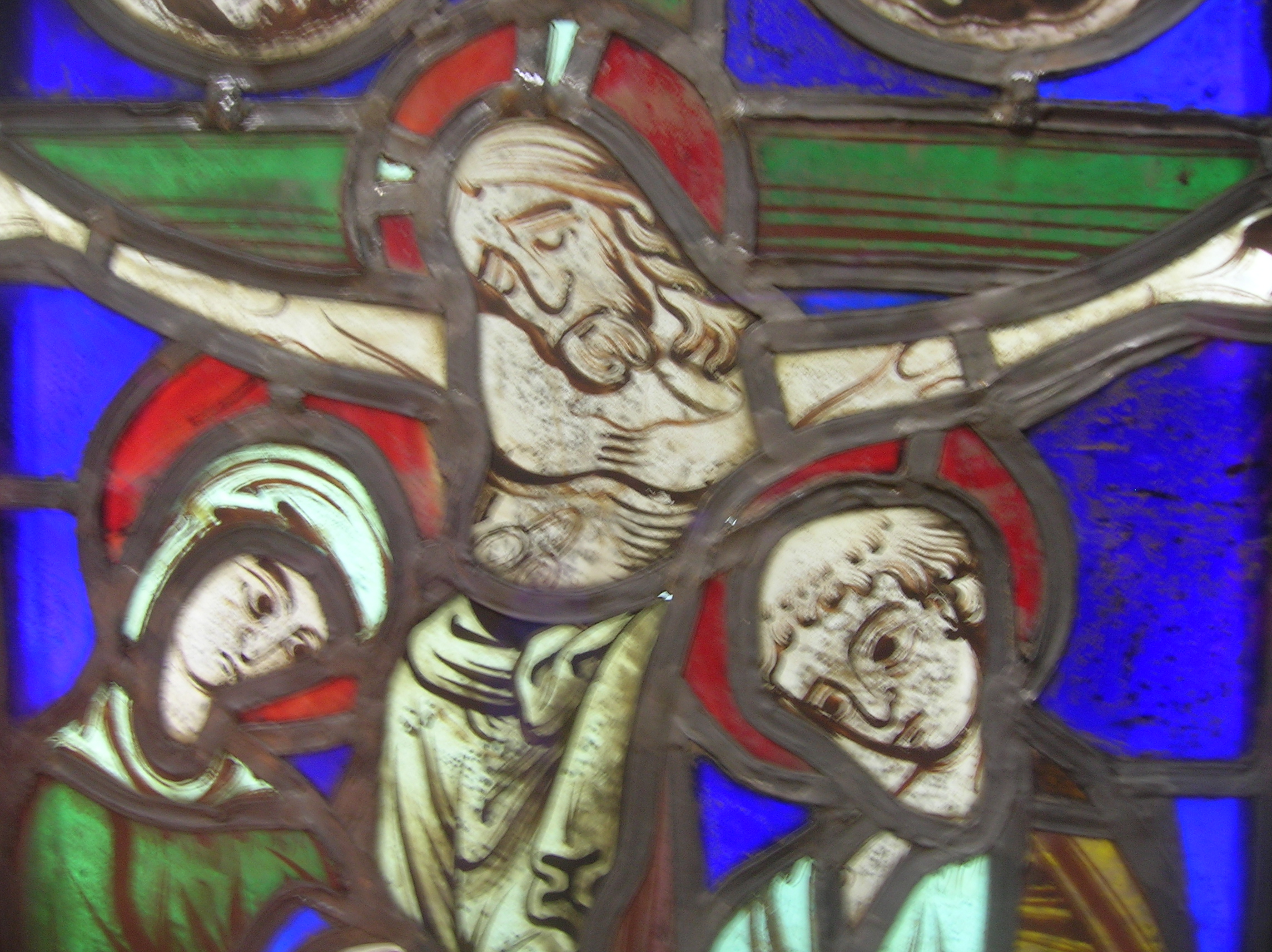Notes on N.T. Wright, Justification: God’s Plan & Paul’s Vision, Downers Grove, IL: IVP, 2009.
Chapter 4: Justification: Definitions and Puzzles
Wright notes the importance of Alister McGrath’s historical work on the doctrine of justification. With McGrath he notes that we need to avoid the common mistake of thinking talk of justification can substitute for the talk of salvation. The latter concept is much larger and includes the former.
We are easily led astray by confusion of the shifts in usage over time of di,kaioj and its cognate forms over time and through various languages. “Righteousness,” “justice” and “justify” do not mean the same thing and cannot simply be interchanged with each other. He proceeds to consider the lawcourt setting of righteousness in Hebrew thinking. In that context the term “denotes the status that someone has when the court has found in their favor… It does not denote, within that all-important lawcourt context, ‘the moral character they are then assumed to have,’ or ‘the moral behavior they have demonstrated which has earned them the verdict.’” (p. 90) Wright’s reasoning, then, is very different from that drawn from Augustine (and found in traditional Catholicism) working from a medical metaphor, of justification as transformation of character.
Wright critiques Piper’s marginalization of Israel for its consequent marginalization of Abraham in Paul’s writing. For the tradition represented by Piper, Abraham in Romans and Galatians is purely an illustration of the life of faith. Because of Wright’s emphasis on the ongoing covenantal work of God in history, through Abraham, through Israel, Paul’s use of Abraham is much more than an illustration. It is precisely through Abraham that God seeks to bring righteousness to the whole world.
When Wright speaks of “Covenant,” he’s including four interlocking aspects:
-
“The way in which Israelites in the OT, and Jews in the second-temple period, understood themselves as the people of the Creator God, and… thought of the purposes of this God as stretching beyond them and out into the wider world.” (p. 95)
-
The centrality of God’s call of and covenant with Abraham (particularly in Gen. 15 & 17), and the covenantal language of Deut. 27-30.
-
The conviction in the second-temple era that they were part of the same divine story line as what they read in the OT.
-
Paul’s thinking about the coming of Jesus the Messiah as a fulfillment of the covenant and a continuation of the OT storyline.
When he speaks of “Eschatology,” he is thinking of these dimensions:
-
Paul believed God’s work was teleological, working toward the redemption of God’s people and all of creation.
-
The point that differentiated Paul, the Jew, from other Jews of his age was his conviction that the covenant had climaxed in Jesus the Messiah, inaugurating the Kingdom.
-
Though the Kingdom had been inaugurated, it was not yet fully established.
He offers a really brief summary of his important points: (p. 101)
-
“Eschatology: the new world had been inaugurated!”
-
“Covenant: God’s promises to Abraham had been fulfilled!”
-
“Lawcourt: Jesus had been vindicated – and so all those who belonged to Jesus were vindicated as well!”
Through the text Wright insists that doctrines that are too often held apart – Ecclesiology, Soteriology, Eschatology, Christology – must be help tightly together. Turning to the last of these, he makes seven points.
First, he clarifies his use of typical terms used in Christology: Jesus, Christ, Son of God, Lord.
Second, he talks about the meaning of Messiahship.
He turns third to the work of the Messiah. For Paul, the job of the Messiah, performed by Jesus, was “to offer to God the ‘obedience’ which Israel should have offered but did not.” (p. 104) This is what Paul means when he speaks of the “faithfulness of Christ.”
Fourth, in his death, the Messiah stands in for the people, taking their death for them, defeating sin.
Fifth, and this is greatly expanded in Wright’s Resurrection of the Son of God and, more popularly, in Surprised by Hope, Jesus’ resurrection is the beginning of the new creation.
Sixth, the gift of the Holy Spirit is an essential element of this new creation and our experience of it and life in it.
Finally, Jesus, as Messiah and resurrected Lord, will be the judge on the last day.
